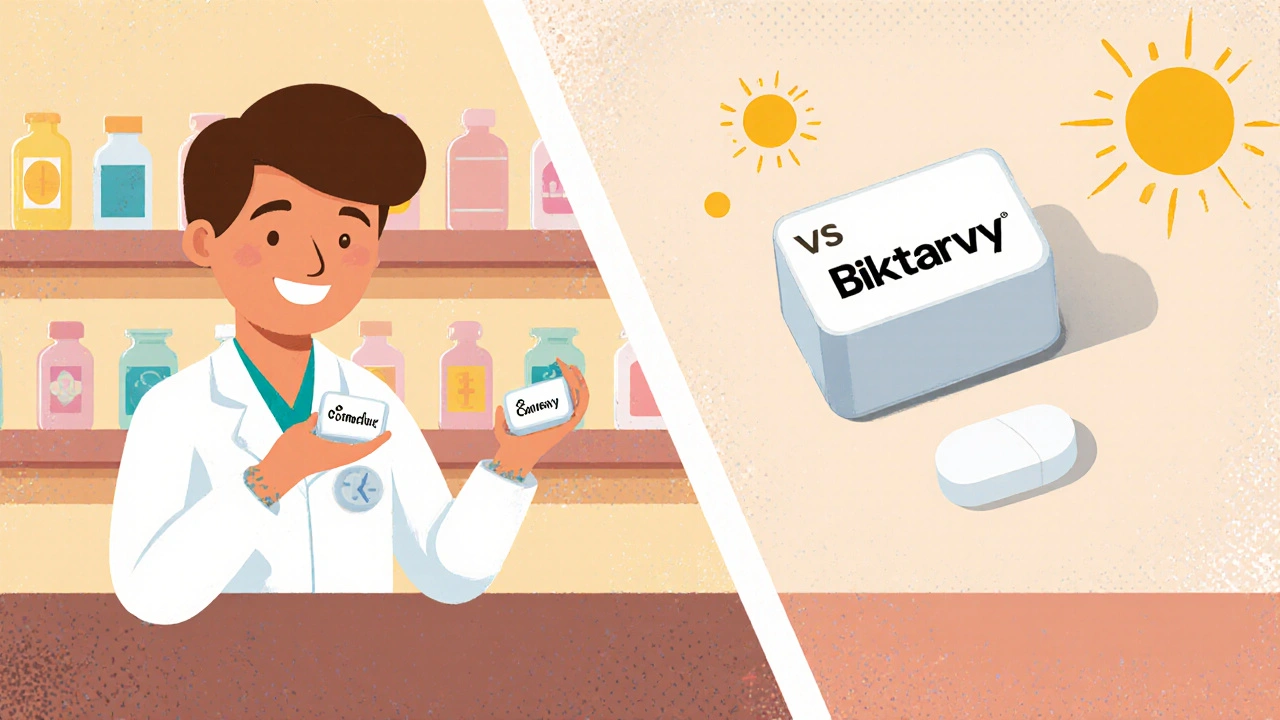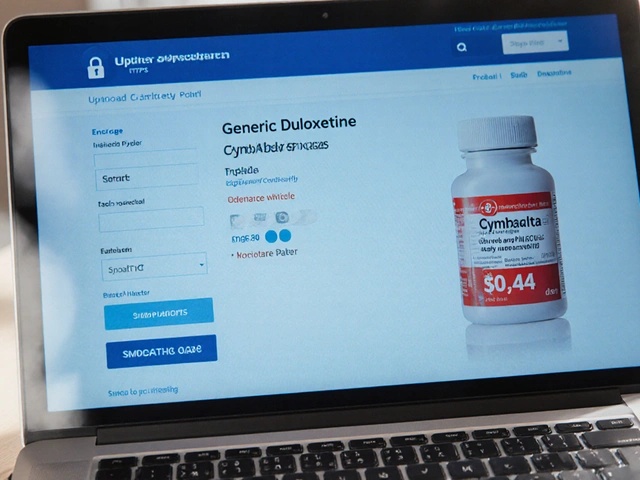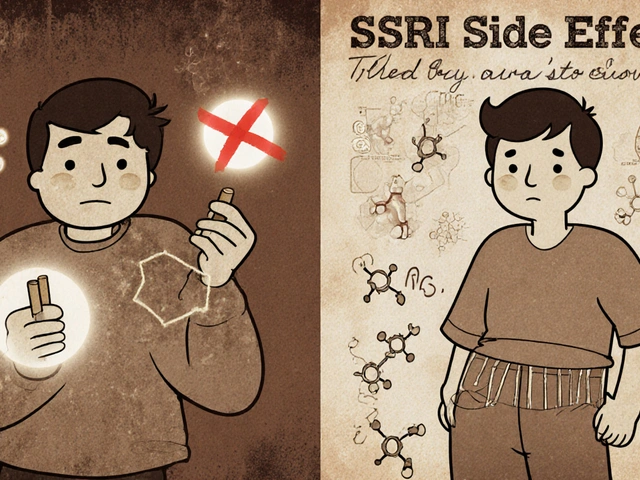Zidovudine – What You Need to Know
When working with Zidovudine, a nucleoside reverse‑transcriptase inhibitor (NRTI) used to treat HIV infection. Also known as AZT, it blocks the viral enzyme reverse transcriptase, stopping the virus from replicating. This drug is a cornerstone of Antiretroviral Therapy, a combination regimen designed to suppress HIV and restore immune function and directly targets HIV, the virus that attacks the body's immune system. Knowing how Zidovudine fits into the bigger picture helps you make smarter health choices.
How Zidovudine Works Inside the Body
Zidovudine is a nucleoside analog, meaning it mimics the building blocks of DNA. Once inside a cell, it is converted into its active triphosphate form, which then binds to reverse transcriptase and halts viral DNA synthesis. In plain terms, it throws a wrench into the virus’s copying machine. This mechanism makes it especially effective early in infection when the viral load is high. The drug’s ability to lower viral load translates into higher CD4 counts, giving the immune system a fighting chance.
Because reverse transcriptase is a viral‑specific enzyme, Zidovudine has limited impact on human cells, which is why it’s tolerable for most people. However, the drug can also affect the bone marrow, leading to anemia or neutropenia in some users. Monitoring blood counts is a routine part of any Zidovudine‑based regimen.
Another important piece is drug resistance. If adherence slips below 95%, the virus can develop mutations that render Zidovudine less effective. That's why clinicians pair Zidovudine with other antiretrovirals—usually lamivudine and a non‑nucleoside inhibitor—to create a high‑barrier combination that reduces the chance of resistance.
In practice, the typical adult dose is 300 mg twice daily, taken with food to improve absorption. Some patients, especially those with kidney issues, need dose adjustments. Pediatric dosing follows weight‑based calculations, and the drug is available in liquid form for younger children.
When it comes to interactions, Zidovudine plays nicely with most antiretrovirals but can be affected by drugs that alter liver enzymes. For example, concurrent use of certain antifungals or anticonvulsants may lower Zidovudine levels, weakening its antiviral punch. Always hand your pharmacist a complete medication list, including over‑the‑counter supplements.
Side‑effect management is another practical concern. If you notice persistent fatigue, shortness of breath, or pale skin, a quick blood test can check for anemia. Simple dietary tweaks—iron‑rich foods, vitamin B12 supplementation—often help. For nausea, taking the pill with a small snack or switching to an extended‑release formulation can make a big difference.
Access and cost matter too. Zidovudine is off‑patent, so generic versions are widely available at a fraction of the brand price. Many insurance plans cover it, and patient assistance programs can further lower out‑of‑pocket costs. Checking reputable online pharmacies can save you money, but always verify the pharmacy’s licensing to avoid counterfeit products.
Overall, Zidovudine remains a reliable component of modern HIV care. Whether you’re starting treatment, switching regimens, or managing side effects, understanding the drug’s role, dosing nuances, and interaction profile empowers you to stay in control of your health. Below you’ll find a curated collection of articles that dive deeper into natural remedies for side‑effects, pharmacy transfer tips, allergy management, and more—each linked to real‑world scenarios you might face while using Zidovudine.

Combivir (Lamivudine & Zidovudine) vs Other HIV Antiretrovirals - 2025 Comparison Guide
Compare Combivir (lamivudine + zidovudine) with modern HIV treatments, covering efficacy, side effects, cost, and when to choose each option.
Read More




